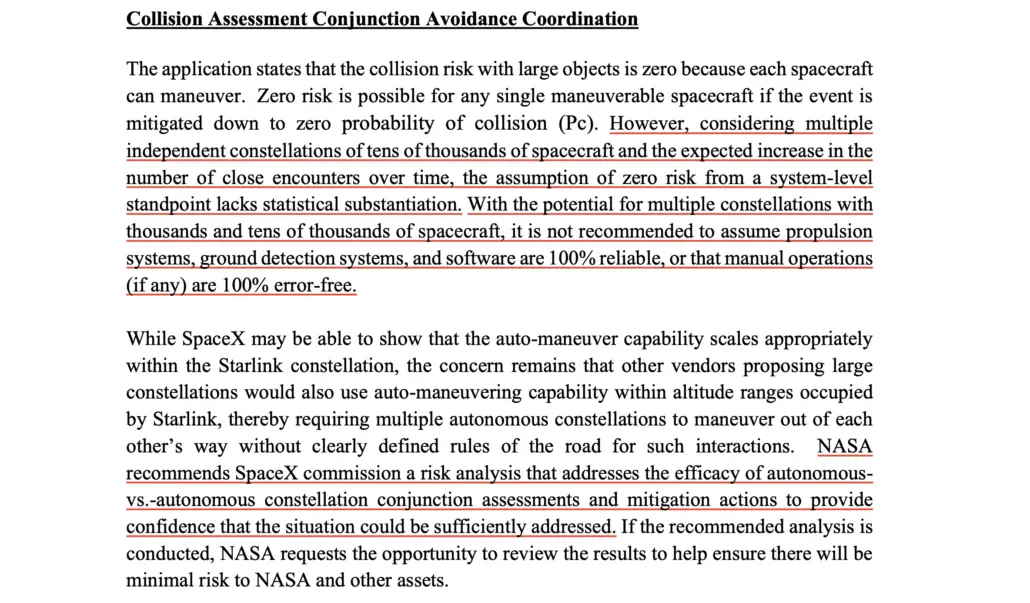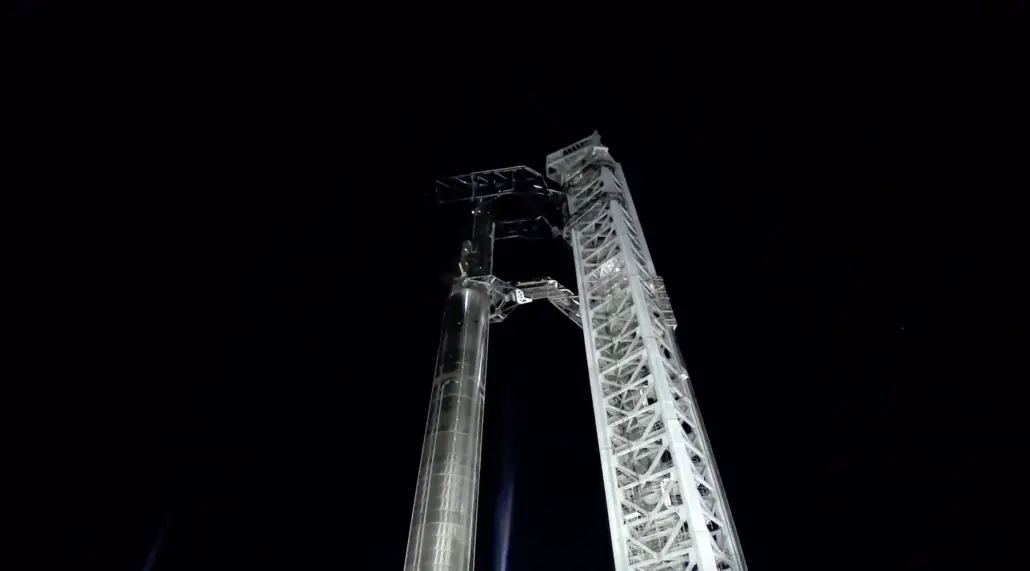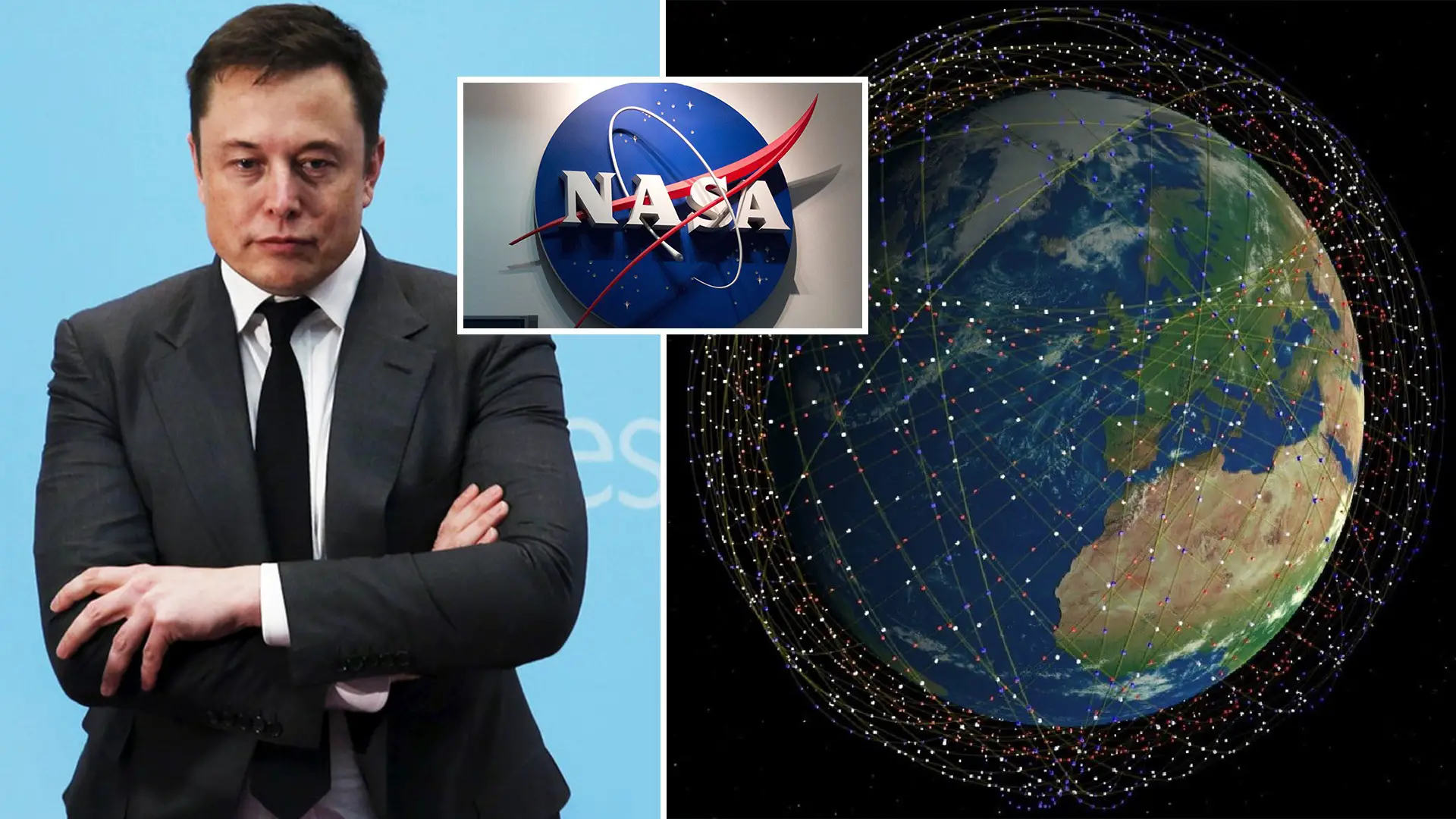The Starlink satellite internet network proposed by Space Exploration Technologies Corporation (SpaceX) for the deployment of about 30,000 second-generation satellites has been criticized on numerous fronts.
Since its inception, Starlink has launched more than 2,000 spacecraft in an effort to build a constellation of satellites before its bigger competitors can do the same. By filing an FCC petition to utilize its newer rocket named Starship, SpaceX has requested the agency’s permission.
Critics of the Starlink application, which was submitted last year, are concerned about the number of satellites the company plans to place in orbit, the updated specifications that some say could hurt existing satellite networks, and the possibility of orbital collisions between several constellations.
Competitive Threats Are Increased As Rivals Seek Assurances From Starlink’s Second Generation Satellite Network
When NASA announced its willingness to “partner” with SpaceX in a letter sent to the FCC through the National Telecommunications and Information Administration earlier this month, the struggle for the second-generation satellites attracted broad media attention (NTIA).
Concerns were made by NASA about the number of satellites SpaceX intends to launch into orbit as part of the second-generation upgrade to the Starlink network.
Starlink’s assertion in its application that the satellites will provide “zero” danger of collision with big objects because they can navigate themselves drew the sharpest criticism from NASA’s reviewers.
As the Starlink constellation has “tens of thousands” of satellites, it is not safe to presume that all equipment, software, and human and automatic maneuvering (both manual and automatic) are error-free.
Even though Starlink can increase its present collision avoidance capabilities, this does not apply to SpaceX and other businesses operating big constellations at the same height.
Concerned about the safety of its assets and activities, NASA asked SpaceX to undertake an inter-constellation conjunction event risk assessment and report back the findings.

OneWeb’s concerns about the size of the second-generation Starlink constellation were echoed by the FCC, which believes that the SpaceX subsidiary should be subject to several conditions to ensure that smaller constellations, such as OneWeb’s, are not harmed if it approves Starlink’s application to launch the 29,988 satellites.
non-geostationary satellite operators (NGSOs) currently have inadequate standards for spectrum sharing, which might lead to bigger constellations taking advantage of the uncertainty.
OneWeb’s satellites will always be near a Starlink spacecraft due to the increased number of satellites in orbit, which means that a band-splitting event that occurs when two competing satellites from different companies are in close proximity will occur 100 percent of the time for OneWeb’s satellites.
Without a coordination agreement, this would allow Starlink to use an additional spectrum, as explained by OneWeb.
As a result, SpaceX claims that the FCC should force SpaceX to be obliged to prevent interference with other operators and guarantee that other firms have enough access to resources before approving second-generation Starlink spacecraft.
To comparison, DISH Network and Michael Dell’s RS Access, LLC are still more of a worry to OneWeb than Starlink is to the long-standing FCC opponents of DISH Network. Each side is trying to make their case in unison, with RS Access asking just for the FCC to “defer in part” its decision on the second-generation satellite application.

For the second time, DISH expresses its displeasure with the usage of a satellite beam per frequency per satellite (Nco). A previous FCC process saw Starlink agree to restrict Nco to 1, after which the business’s license was amended.
The company had previously brought this up. Even if Starlink is confined to a Nco of 1, DISH’s current worries about Starlink bring up this problem, arguing that the vast number of satellites will convert into an effective Nco of 6 owing in part to passive broadcasts.
Moreover, it improves the potential of several beams reaching a Starlink terminal since the dish may receive signals from both the first and second-generation satellites.
DISH accuses Starlink of ambiguity for an “atypical” situation by stretching the company’s ‘typical’ scenario of one beam per terminal.
It is alleged by RS Access that Starlink’s proposed 5-degree minimum elevation angle is “principally geared to hamper the Commission’s 12 GHz review.” Starlink user terminals and multi-video data distribution service (MVDDS) providers like RS Access are squabbling about new restrictions for the 12GHz frequency spectrum, which is utilized by both.

According to an FCC request made in January, Starlink’s second-generation technology-shared crucial characteristics. The firm decided to stake its future on SpaceX’s Starship rocket, which is presently being developed at the company’s Boca Chica, Texas, facilities and is pending an environmental study by the Federal Aviation Administration (FAA).
Since the FAA plans to conclude its review by the end of March, the company’s hopes of launching the additional satellites as soon as next month have been dashed.
It also included information on the new satellites’ orbital lifespan, their launch method on Starship, a higher station orbit, and a minimum height of 5 degrees if a gateway is situated at higher latitudes.

